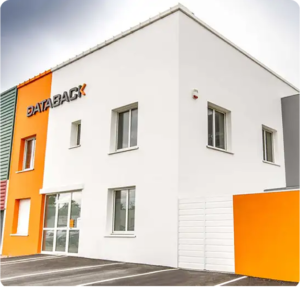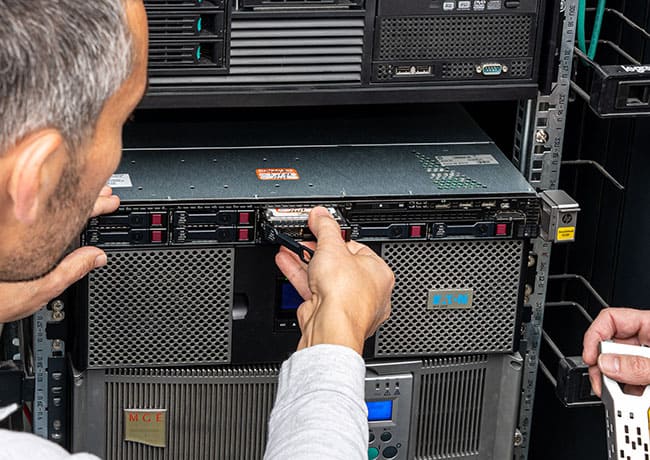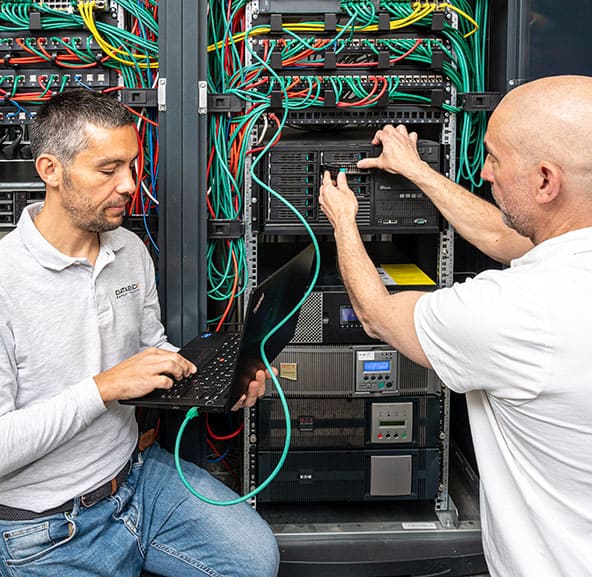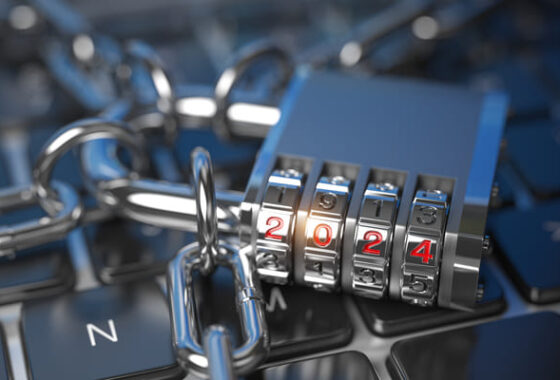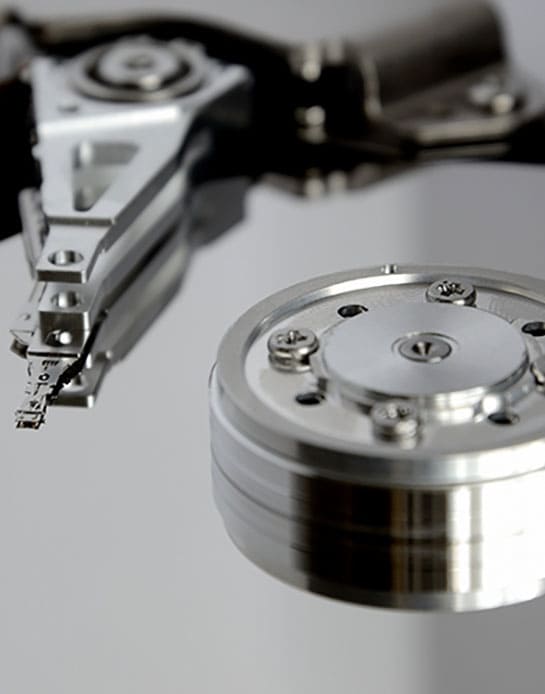
NAS and SAN data recovery
NAS and SAN: data recovery
SAN data recovery and NAS data recovery will be conditioned by the type of storage media making up the shared resource. Whether at the heart of a network or a storage server, in most situations it will be a RAID system…
NAS and SAN failures and data loss
Despite their redundancy and replication functions, NAS servers and SAN networks can fail, resulting in data loss or loss of access to storage resources. Their vulnerability will depend on their IT components and hardware configuration: hard disks and hard disks aggregated in RAID systems, or even SSD disks and any other type of storage medium integrated into the SAN network.
By their very nature, NAS and SAN resources are exposed to the same incidents and failures as any other information storage medium:
- mechanical failures affecting hardware components (read heads, motor, etc.);
- electronic faults affecting the hard disk PCB (printed circuit board), controllers, etc. ;
- logical failures: corruption of the NAS controller, firmware, partition tables, etc. ;
- disasters: flood damage, fire, lightning, overheating in the server room… ;
- human origin: ransomware attack, human error, accidental reformatting, etc.







